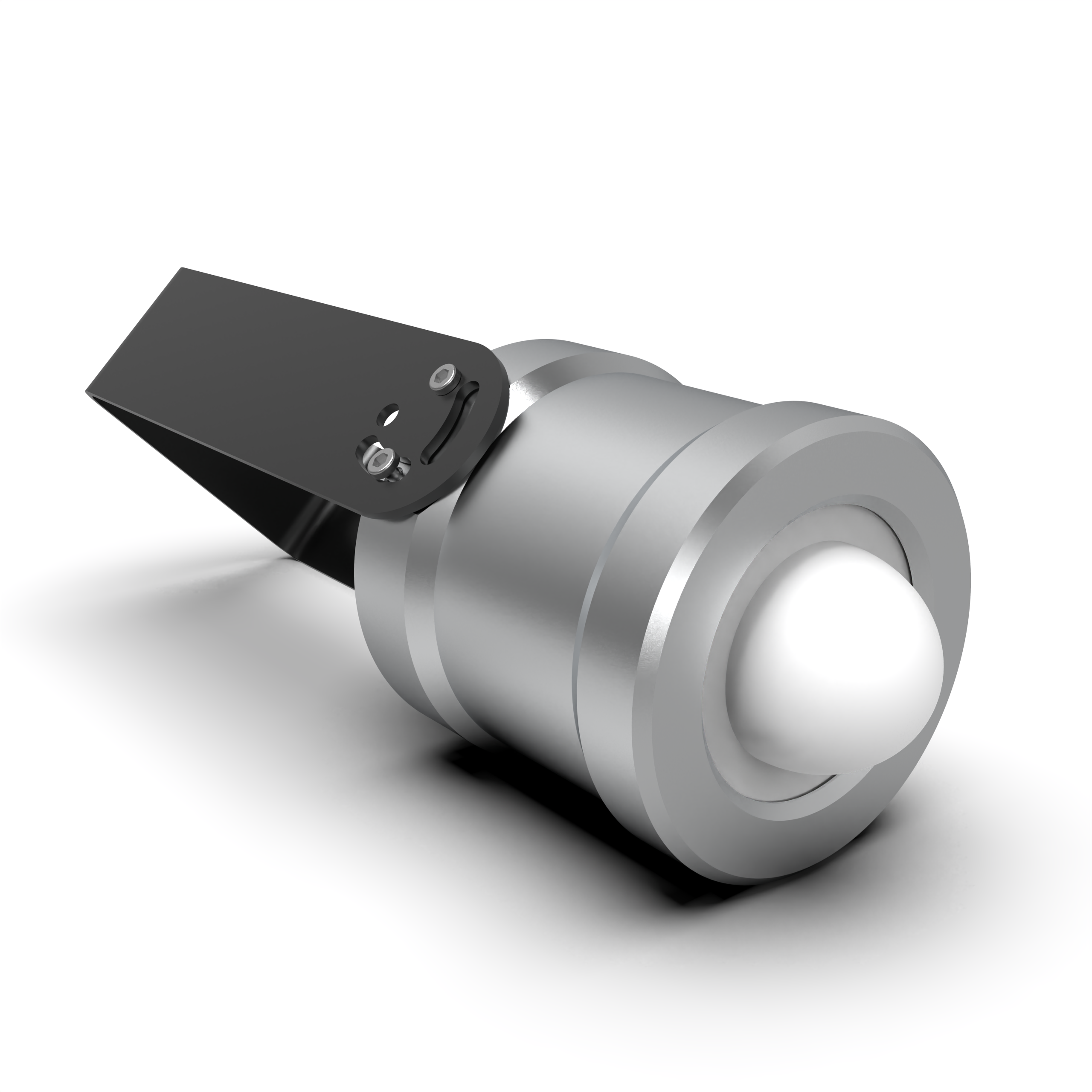1、 Method of measuring water level
Water level sensor reading method
The water level sensor reading method is one of the most basic water level measurement methods. It determines the water level by reading and recording the reading of the water surface on a water level sensor (a specialized scale). A water gauge is usually a specialized scale marked with a scale, used to measure water depth and calculate water level. The water level sensor reading method is simple and easy to operate, but is susceptible to interference from factors such as waves and wind. Therefore, it is mainly used for short-term and temporary tidal surveys, or for verifying and benchmarking the observation results of other self recording equipment.
Automatic observation of water level meter
With the development of technology, automatic observation of water level meters has become a commonly used method for water level measurement. This method uses automatic observation and recording equipment such as float type observation and recording system, pressure type water level mter, laser water level meter, acoustic water level meter, etc. to automatically record water level changes. The float type water level gauge is mainly installed in the tidal wells of long-term tidal stations. These automatic observation devices can reduce human error, improve observation accuracy and efficiency.
Fixed-point depth measurement method
Fixed point bathymetry is a measurement method that obtains the process of water level changes by measuring the depth change from the water surface to the bottom of the water. This method uses anchored measuring vessels or other depth measurement carriers to measure the depth changes from the water surface to the bottom at selected locations in the water area at certain time intervals. The fixed-point depth measurement method can obtain detailed information on the process of water level changes, but it is not suitable for all water bodies due to the need for fixed-point anchoring.
Remote sensing technology for measuring water levels
Remote sensing technology is a technology that utilizes remote sensing platforms such as satellites or airplanes to obtain information about the Earth's surface. By carrying high-precision satellite positioning systems and altimetry satellites, remote sensing technology can obtain large-scale and high-precision water level information. Remote sensing technology has the advantages of wide coverage, high observation frequency, and high data accuracy, but it requires a certain amount of technical and financial investment. 
In addition to the water level measurement methods mentioned above, there are also several common hydrological monitoring methods:
Automatic water level monitoring method: Utilize water level sensors, water level gauges, and other equipment to monitor water level changes in real-time through an automated system. This method has the advantages of continuity, accuracy, and timeliness, and is suitable for water level monitoring in reservoirs, rivers, lakes, and other water bodies.
Water quality monitoring method: By setting up water quality monitoring stations in water bodies, regularly sampling and analyzing, monitoring parameters such as chemical composition and biological indicators in water quality. This method can reflect the pollution status and trend of water bodies, providing a basis for environmental protection and water resource management.
Flow monitoring method: By installing flow meters and other equipment in rivers, channels, and other water bodies, the flow rate of the water body is measured. This method can reflect the changes in water volume of the water body and provide a basis for flood prediction, water resource scheduling, etc.
Water temperature monitoring method: By installing water temperature sensors and other equipment in the water body, the temperature changes of the water body are monitored. This method can reflect the thermal conditions and changing trends of water bodies, providing reference for the habitat and reproduction of aquatic organisms.
Water depth monitoring method: By setting up water depth measuring instruments and other equipment in the water body, the depth of the water body is measured. This method can reflect the terrain and geomorphic characteristics of water bodies, providing basic data for hydrological models and hydraulic engineering.

 CN
CN


